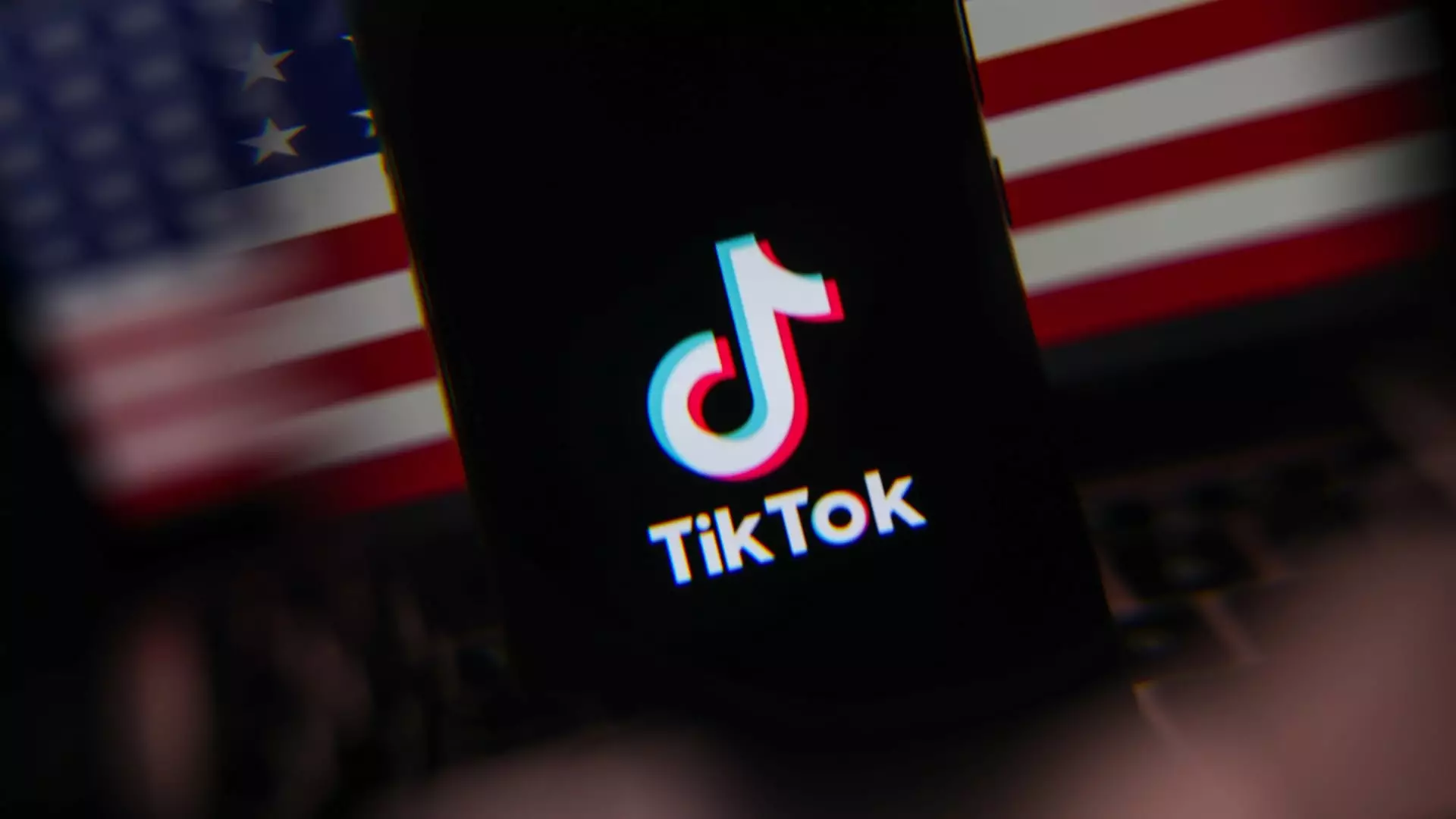On a notable Thursday evening, TikTok was restored to the Apple and Google app stores, marking a pivotal shift for the popular social media platform. This return follows a turbulent hiatus that began on January 18, when TikTok’s operations in the United States were momentarily halted in response to significant legislative developments. The urgency stemmed from a national security law poised to take effect, pressing the app’s leadership into a defensive stance. With this reinstatement, millions of users can once again access TikTok, returning the platform to its rightful place in the digital landscape.
The backdrop to TikTok’s removal from the app stores was fundamentally tied to the Protecting Americans from Foreign Adversary Controlled Applications Act, signed by former President Joe Biden in April of the previous year. This legislation imposed stringent requirements on ByteDance, TikTok’s Chinese parent company, mandating a divestiture of its U.S. operations by January 19 to avoid a blanket ban. The government’s position rested on claims that the app’s ownership posed a significant national security threat, especially in light of its data collection practices and suspected links to the Chinese government.
Conversely, TikTok has put forth a robust defense, arguing that the enforcement of such a law infringes upon the First Amendment rights of its vast user base, which exceeds 170 million in the United States alone. The tension between national security prerogatives and the protection of user freedoms manifests in a complex legal landscape that continues to evolve.
In a dramatic turn of events, the Supreme Court sided with the federal government, affirming the necessity of divestiture to address national security concerns regarding TikTok. The ruling signals a critical juncture in the ongoing debate over foreign technology and its implications for American consumers. The Court’s opinion emphasized the comprehensive efforts by Congress to remedy perceived threats arising from data collection practices, thus igniting further dialogue about user privacy versus national security.
Despite the legal and operational setbacks faced over the past month, TikTok’s resilience was palpable. Reports indicated that the platform managed to regain approximately 90% of its former traffic, showcasing the brand’s established foothold within the social media sphere. This bounce-back, as analyzed by data insights from Cloudflare Radar, underscores the platform’s integral role in digital communication and user engagement.
In the aftermath of these developments, TikTok is confronted with the dual challenge of maintaining its operations while adhering to legislative requirements. The intervention by former President Donald Trump, who proposed a framework for a joint venture ownership to protect the platform within the U.S., reflects a potential pathway forward. This scenario suggests an ongoing balancing act between ensuring user rights, addressing national security concerns, and fostering innovation in an increasingly scrutinized digital ecosystem.
As scrutiny over foreign-owned applications heightens, the future trajectory of TikTok remains uncertain yet compelling. The interplay between regulatory frameworks and user engagement will likely shape the platform’s operations in the months to come, further emphasizing the need for transparent dialogue and robust policy approaches that accommodate the diverse interests at stake.

Leave a Reply